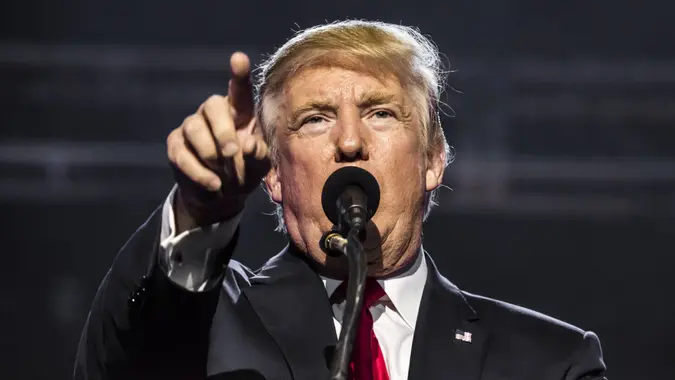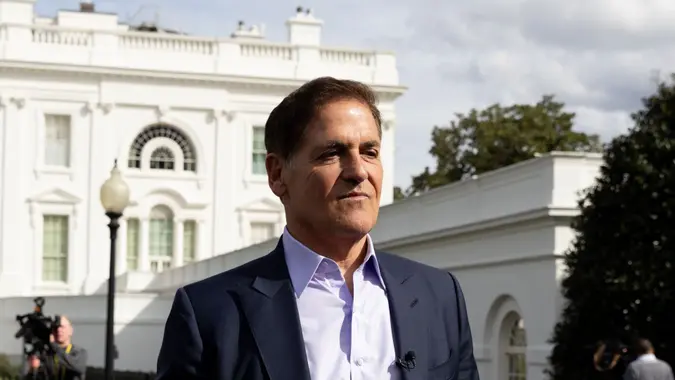Ending COVID Emergency Unemployment Benefits Helped the Economy, New Fed Study Shows

Commitment to Our Readers
GOBankingRates' editorial team is committed to bringing you unbiased reviews and information. We use data-driven methodologies to evaluate financial products and services - our reviews and ratings are not influenced by advertisers. You can read more about our editorial guidelines and our products and services review methodology.

20 Years
Helping You Live Richer

Reviewed
by Experts

Trusted by
Millions of Readers
The ending of emergency unemployment benefits (EUB), which were put in place during the early days of the pandemic, helped boost economic growth, according to a new paper by the Federal Reserve Bank of St. Louis.
“Using the cessation of EUB across states in 2021, we establish a strong positive causal link from a reduction in the number of beneficiaries to state employment growth,” the study paper reads, in part.
The St. Louis Fed notes that because of the pandemic, between February and April of 2020, U.S. employment declined by 22 million people (or 15%).
In turn, the federal government introduced several temporary EUB programs, including providing program eligibility to Americans who would not otherwise be covered — such as contract and gig workers — extensions of benefit durations and a $600 weekly add-on for recipients, according to the Fed.
By spring 2021, employment growth began to slow and job openings were steadily rising, reaching 9.6 million in May 2021, up 2.6 million from a pre-pandemic level. This pushed some states to halt emergency benefits, saying that “the historic generosity of EUB was contributing to businesses’ difficulty filling job vacancies.”
The paper notes that 26 governors ended benefits before September, with 20 halting participation between June 19 and July 3.
In a blog post, Iris Arbogast, a research associate at the Federal Reserve Bank of St. Louis, and Bill Dupor, an economist and vice president at the Federal Reserve Bank of St. Louis, found that terminating EUB had a statistically significant and quantitatively large positive impact on employment.
“In the three months following a state’s EUB termination, employment increased by about 37 people for every 100-person reduction in EUB recipients,” they wrote.
More From GOBankingRates
 Written by
Written by  Edited by
Edited by 

























